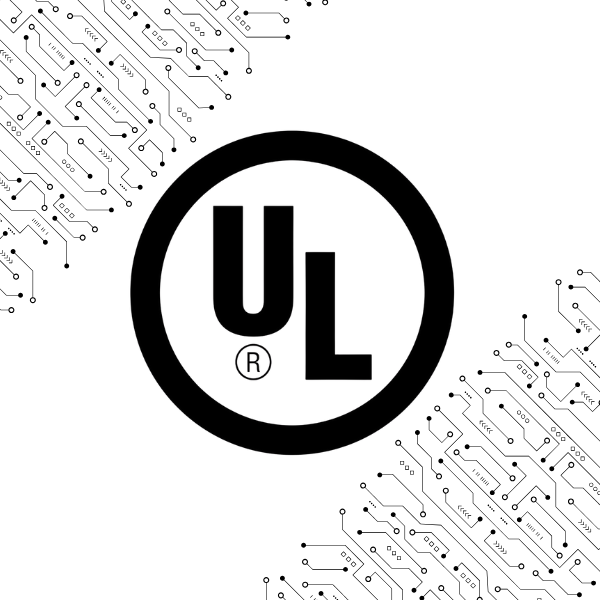In the fast-paced world of electronics, the journey from design to production is often riddled with complexities and delays, especially at the prototype and new product introduction (NPI) stages. In a recent podcast, Judy Warner sat down with David Lane, VP of Operations for the Assembly Division at Summit Interconnect, to discuss how Summit is uniquely tackling these challenges.
The Prototype vs. NPI Difference
David describes a fundamental distinction between prototyping and NPI that’s often overlooked. NPI focuses on getting products ready for volume production and emphasizes supply chain readiness, manufacturing planning, and quality assurance. Prototyping, on the other hand, is laser-focused on speed and accuracy, ensuring design engineers receive rapid feedback to iterate quickly.
At Summit Interconnect, David’s team embraces a high-touch, agile approach to prototyping. Rather than navigating between silos, Summit breaks down communication barriers and provides engineers with immediate, clear updates on their prototypes. This “speed and accuracy” philosophy helps engineers refine designs faster, keep projects on track, and stay within budget.
One of Summit’s key differentiators is their integration of board fabrication and assembly under one roof. Summit offers design engineers insights into component lifecycle status, availability, and lead times during the prototyping process. Additionally, they conduct design-for-assembly (DFA) evaluations pre-build, identifying any issues in the bill of materials (BOM) or assembly design that could slow down production. This proactive approach means engineers avoid the costly delays and reworks that typically plague the prototype phase.
Removing Silos and Enhancing Communication
This interview highlights Summit’s commitment to clear, direct communication between engineers, client services, and manufacturing teams. David explains how Summit’s setup contrasts with the traditional “over-the-wall” approach, where designs are handed off with little direct interaction between the design and manufacturing teams. By bringing these teams together, Summit reduces miscommunication, increases speed, and improves the quality of feedback to design engineers.
David also hinted at Summit’s ongoing investments in AI and other digital tools that streamline communications and job tracking, especially for engineers working odd hours. Summit combines these digital solutions with personalized support from client services to provide around-the-clock communication.
Final Takeaways
This conversation with David Lane underscores Summit Interconnect’s dedication to innovation in prototyping, supporting design engineers, and building a smoother path from concept to production. Summit’s forward-thinking, integrated approach to assembly and manufacturing ensures design teams get prototypes that are not only fast but also precise, accelerating time-to-market.
To learn more about Summit Interconnect and their approach to breaking down barriers in the prototyping process, visit their website at summitinterconnect.com.
.


